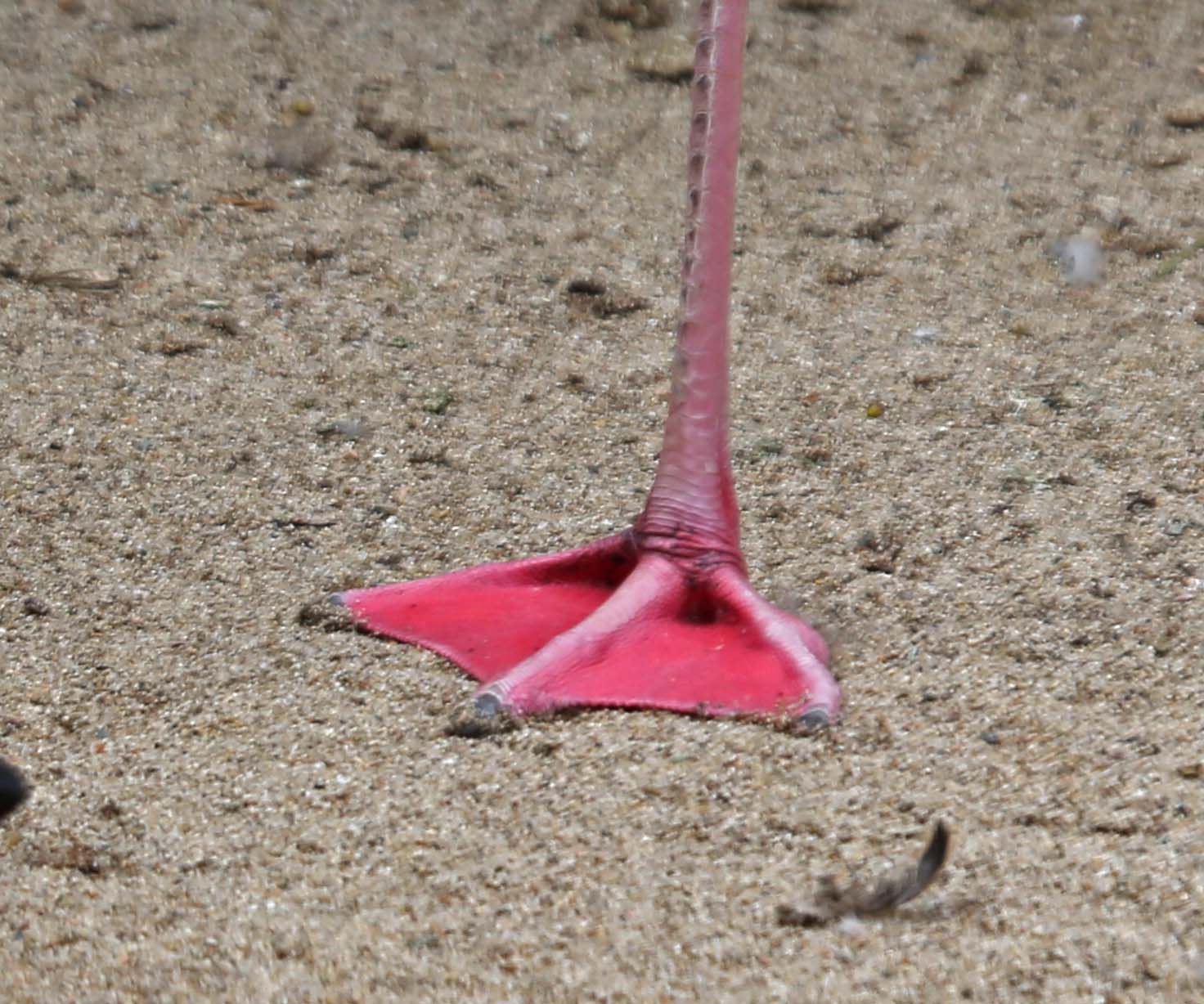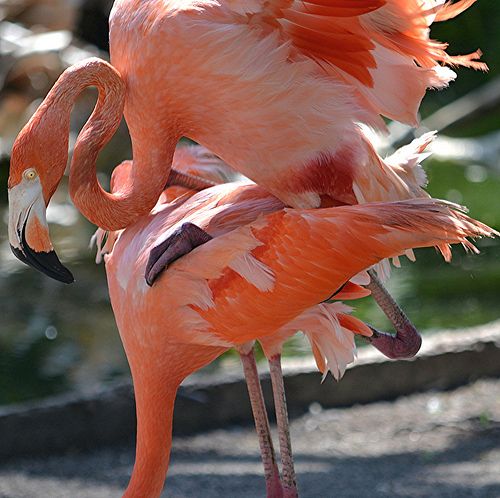

As Charles Choi writes for Discover Magazine, the dead bird’s ability to maintain a rigid leg prompted Chang and Ting to conclude that flamingos support themselves on one leg using a passive mechanism that does not require active muscle force. He held the cadaver by its shin and hoisted it upright-and the leg joints instantly locked into a straight-legged pose. But when Chang decided to pick up the flamingo cadaver, the experiment took a dramatic turn. They obtained two frozen flamingo cadavers from the Birmingham Zoo and dissected them, hoping to uncover features that would secure the leg joints in place. “Its body swayed less, and its center of gravity moved by mere millimeters,” Yong writes.Ĭhang and Ting then set out to conduct detailed examinations of the birds’ legs. One flamingo fell asleep on the plate, allowing Chang and Ting to observe the little bird's surprising sturdiness as it slumbered. They headed to Zoo Atlanta armed with a force plate, which measures the force that a body generates on the ground, and coaxed it under some fluffy juvenile flamingos.

Now, a new study explores how the birds maintain their balancing act, providing new insights into the flamingo’s one-legged posture.Īs Ed Yong reports for the Atlantic, biologists Young-Hui Chang of Georgia Tech and Lena Ting of Emory University wanted to find out how much muscle energy is expended when flamingos perch on one leg. Scientists have proffered a number of theories about why the birds often stand on a single, slender leg while resting-some say it helps them conserve heat in cold waters, others maintain the stance reduces muscle fatigue. Chicks are very vocal from the start.Flamingos’ signature pose is an enduring natural mystery. When feeding, it produces a softer, continuous babbling “kuk-kuk, ke-kuk, kuk-kuk…” The Greater Flamingo’s typical call is a repeated, loud, goose-like honking “ka-ha” in flight. It rarely frequents freshwater areas, except for drinking and bathing. This species breeds on mudflats, sandbanks, open beaches and sandy or rocky islands in large waterbodies, sometimes on sandy islands of intertidal areas, especially in Mauritania. In W Africa, it is found in sandbanks and mudflats. The Greater Flamingo frequents large, shallow, highly alkaline or saline inland lakes, saline lagoons and estuaries. The Greater Flamingo is found in southern Spain and southern France, E to Kazakhstan, S through N, W and E Africa to South Africa, and through Middle-East to India and Sri Lanka. The chick has straight bill and grey down. The bill is pale bluish-grey with black tip. The juvenile is grey-brown with paler underparts. THE HANDBOOK OF BIRD IDENTIFICATION FOR EUROPE AND THE WESTERN PALEARCTIC by Mark Beaman, Steve Madge - C.Helm - ISBN: 0713639601īirdLife International (BirdLife International)Īnimal Diversity Web (University of Michigan Museum of Zoology) L’ENCYCLOPEDIE MONDIALE DES OISEAUX - Dr Christopher M.

Christensen, P Schiermacker-Ansen C.Helm - ISBN: 0713670169 HANDBOOK OF THE BIRDS OF THE WORLD vol 1 by Josep del Hoyo-Andrew Elliot-Jordi Sargatal - Lynx Edicions - ISBN: 8487334105īIRDS OF THE GAMBIA AND SENEGAL by Clive Barlow and Tim Wacher – Helm Field guides – ISBN: 0713675497īIRDS OF THE MIDDLE EAST by R.F.


 0 kommentar(er)
0 kommentar(er)
